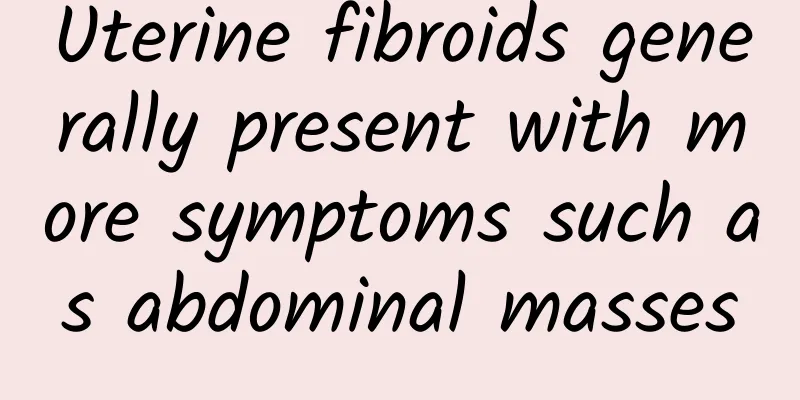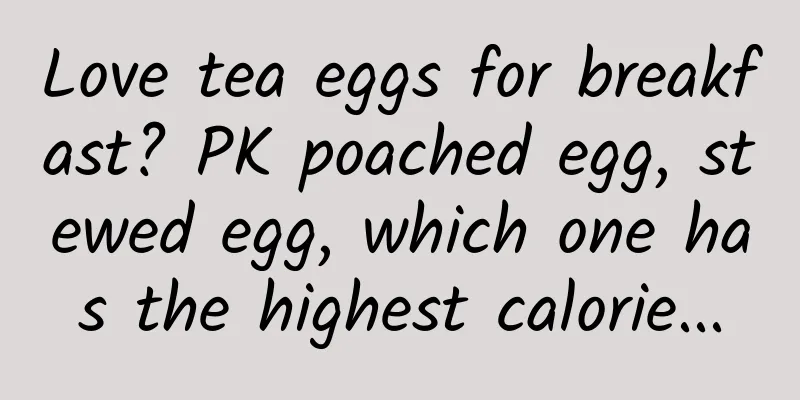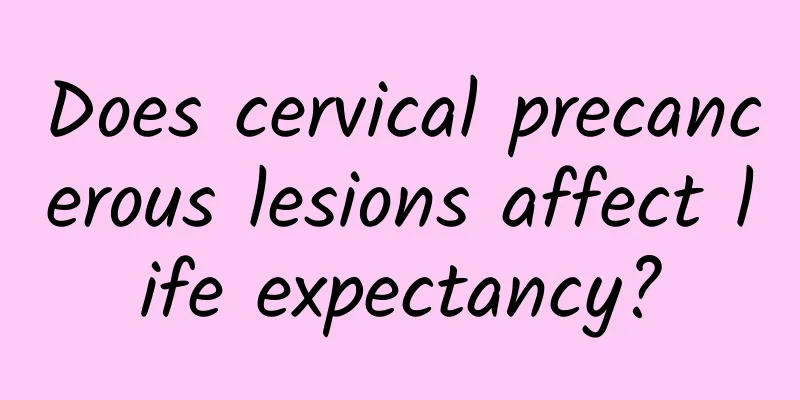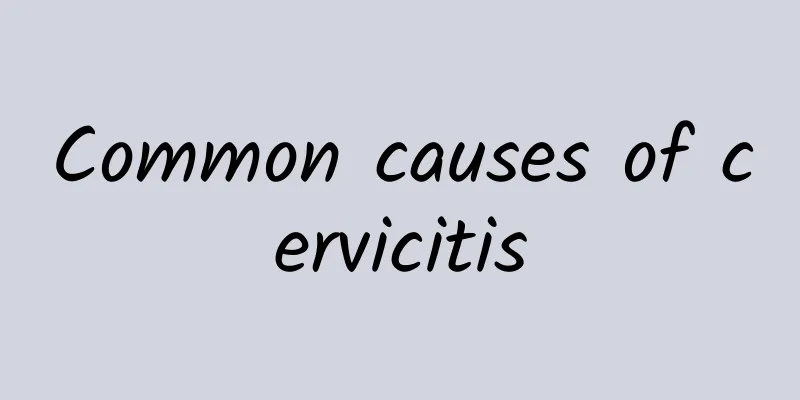It is suitable for reducing fat, increasing satiety and is low in calories, so why choose bulky foods?

|
Choose bulky foods After eating, the nervous system receives signals about feeling full based on the number of calories consumed and the degree to which the stomach tissue has stretched. A diet higher in calorie intake will make you feel fuller, but will negatively impact your rate of weekly weight loss. Eating foods that are lower in calorie density and take up more stomach space can take advantage of the signal that the stomach tissue stretches, allowing you to lose more weight while feeling full. Volume and caloric density of food types. From left to right, the food volume increases from small to large, and the calorie density decreases from high to low. The smaller the food volume and the higher the caloric density, the less filling it will be (as shown in the stomach graphic below). (Photo provided by Caishi Culture) Using the Food Palatability Reward Hypothesis The Food Palatability Reward Hypothesis (FPRH) is a very simple phenomenon: if food tastes good, we want to eat more of it; if food is tasteless, we are less likely to eat it. It may not sound like much, but the importance of FPRH in a diet plan is underestimated. Tasty foods are usually high in calorie density. Even if you don’t exceed your daily calorie limit, these foods often don’t make you feel full, making us want to eat them more. These cravings can be powerful and make it harder for us to stick to our diet plan. There are actually a lot of stories behind the slogans of some popular snack advertisements, such as "You can't eat just one." or "Once You Pop, You Can't Stop." Similarly, appetizers are called appetizers because they stimulate appetite and make us want to eat more. High palatability foods combined with low satiety portions mean you are likely to be further away from your dietary goals after eating. Limiting or avoiding highly palatable foods (choosing to eat less tasty foods) can make it easier to follow a fat-reducing diet—after all, it’s more likely that we’ll eat too much pizza or cheesecake than too much broccoli and chicken. Even if your lunch had a really tasty sauce that made you want to eat more, you might be full just by eating the food without the sauce. Below is a list of carbohydrate food sources by palatability. Of course, you can also make a similar table for protein sources or a certain meal, but here we only use carbohydrates as an example. List of examples of general palatability of foods. (Photo provided by Caishi Culture) If you compare the two charts above, you may find that foods with high palatability happen to be foods with high calorie density and small volume, so you only need to eat a little bit of these foods to get the same calories. On the contrary, foods with lower palatability, such as vegetables, have a larger volume and lower calorie density. They are quite filling and low in calories, making them particularly suitable for fat-reducing diets. Increase protein intake Research shows that of all the macronutrients, protein is the most filling. Some recent studies even suggest that carbohydrates that look and taste like protein may be more effective in fighting hunger than their original form. In other words, the anti-hunger property of protein is to some extent related to visual effects and taste. It's possible that the molecular structure of certain proteins affects satiety, since even liquid protein drinks have a good hunger-fighting effect. Therefore, consuming more than the minimum recommended amount of protein may aid dietary compliance. If you want to increase your protein intake within the CCH limits, you will have to sacrifice some of the benefits of other macronutrients, but if you can improve your dietary compliance, it may be worth it. For example, a highly active person who increases protein intake on a calorie-restricted diet may have to reduce carbohydrates, which in turn reduces training energy and interferes with recovery. However, if the person can stick to the diet plan and not give in to hunger, they are more likely to achieve their fat loss goals. In order to achieve satiety, maintain energy, and recover, you should reduce your fat intake first, and then carbohydrates. On average, carbohydrates are less filling than protein, but still more filling than fat. Fat is high in calorie density and very tasty, taking up less space in the stomach and increasing appetite. Changing Nutrition Timing Even on a very low-calorie diet, hunger levels can vary greatly throughout the day. Many people are not very hungry in the morning, but feel extremely hungry after a stressful day at home. These people are more likely to cheat on their diet at night. This hunger can be controlled by changing the timing and amount of food eaten. Eating smaller, protein-based meals with longer intervals between meals in the morning and larger, macronutrient-rich meals with shorter intervals after the evening can make compliance easier. If your hunger trends are prominent throughout the day, you can structure your nutrition timing accordingly. You may be sacrificing optimal meal timing for comfort, but if it significantly improves compliance, the sacrifice may be worth it. For example, serious training can trigger the fight-or-flight response, which can reduce appetite for more than an hour, and if you have hunger issues at other times of the day, you can skip the small anabolic benefit of eating immediately after exercise and eat more when you're hungrier. This is a great strategy when you're on a fat-loss diet or when hunger pangs are highest. Your carbohydrate intake should be lower at this time, and your insulin sensitivity is high at all times of the day, so changing the timing of your post-training meal should not have such a big impact. As mentioned earlier, nutrient timing contributes at most 10% to dietary outcomes, so even if the effect is small, it will still be a significant difference. Eat foods high in fiber Fiber itself is not high in calories, but it can suppress hunger. Fiber-rich foods include vegetables, fruits, and whole grains, which are inherently better at fighting hunger because they are larger and less flavorful. The more fiber a food contains, the more it can suppress hunger. Any food consumed with fiber is digested more slowly, so any meal that contains fiber will make you feel fuller for longer. For example, chicken breast with white rice can keep you full for hours, while chicken breast with fruits and vegetables may keep you from feeling hungry for even longer. Feeling full longer may help boost your willpower, allowing you to better handle other diet plans and challenges in life. Reduce Liquid Calories Liquid calories are easy to consume in large quantities without providing a clear sense of fullness, so they should be avoided when on a fat-reducing diet. In some cases, even supplemental drinks should not be consumed during training, and these calories should be replenished in the form of natural foods after training to reduce hunger and promote compliance. Drink non-caloric liquids before meals and chew food slowly Research shows that drinking liquids before eating can improve satiety, which can help you eat less during an informal diet and make you feel fuller after eating smaller meals during a planned fat-loss diet. Drinking liquids before eating can stretch your stomach and increase fullness signals before you start eating. If you are suffering from hunger, you can drink 250 to 700 ml of calorie-free beverage before each meal. Chewing slowly can also increase your feeling of fullness after a meal. The signal of fullness does not appear immediately after eating. The longer you eat, the more full you will feel after eating. Additionally, the act of chewing itself has some ability to convey satiety signals, so making sure to chew your food thoroughly can also increase satiety. Chatting with friends, watching a show, or doing something other than eating can also help prolong your meal intake. If you can get into the habit of chewing slowly and drinking non-caloric liquids before meals, you'll have a built-in hunger-fighting strategy with little extra preparation or effort. Boost your caffeine intake Caffeine has three benefits for a fat-loss diet. Like other liquids, caffeinated drinks take up some space in your stomach and can make you feel a little fuller. What’s more, caffeine can suppress your appetite, so it can significantly reduce your hunger throughout the day. Finally, caffeine can make you more energetic, therefore allowing you to do more exercise (higher non-exercise caloric expenditure, or NEAT) and improve the effectiveness of your training. These benefits of caffeine, combined with a boost in energy, can make dietary compliance easier when following a fat loss diet. However, it is important to understand that sources of caffeine that contain extra calories (coffee with added milk or sugar, full-sugar soda, or energy drinks) will offset the fat-loss effects. When following a low-calorie diet, it is recommended to consume low-calorie soda, energy drinks, and black coffee with a small amount of sugar-free sweetener or low-calorie creamer. This article is from Caishi Culture's book "Muscle Gain x Fat Loss: A Complete Book of Scientific Diet" |
Recommend
How to learn to prevent vulvar leukoplakia?
The appearance of vulvar leukoplakia causes certa...
What are the hazards of having an abortion for the first time? The first abortion for a woman will cause 3 harms to the body
When talking about abortion, people will feel hor...
Introduction: Common methods of preventing cervicitis in daily life
Cervicitis is a gynecological disease that seriou...
Experts briefly analyze the high-risk groups for common ectopic pregnancies
Ectopic pregnancy is a gynecological disease that...
Typical staging symptoms of atrophic vulvar leukoplakia
Atrophic vulvar leukoplakia is a common type of v...
What are the symptoms of pelvic inflammatory disease?
Pelvic inflammatory disease is a common reproduct...
What foods are good for pelvic inflammatory disease
Is pelvic inflammatory disease common in daily li...
I drank 10 bags of motherwort at one time and had a miscarriage
Drinking 10 bags of motherwort at a time can caus...
Why do I only see uterine fibroids on one side? Why do uterine fibroids grow on the left side?
Why do I only see uterine fibroids on one side? W...
What should I check when my period is delayed?
When women have delayed menstruation, it is very ...
Is it normal to have menopause at the age of 39? Do I need to adjust it again?
Menopause at the age of 39 is usually an abnormal...
What causes female vulvar leukoplakia?
Summer is the season most prone to disease, and v...
Is painless abortion really painless?
Is painless abortion really painless? 1. Painless...
What are the causes of cervical hypertrophy?
Cervical hypertrophy is a type of chronic cervici...
Effective prevention of cervical erosion is crucial
Is it crucial to effectively prevent cervical ero...









